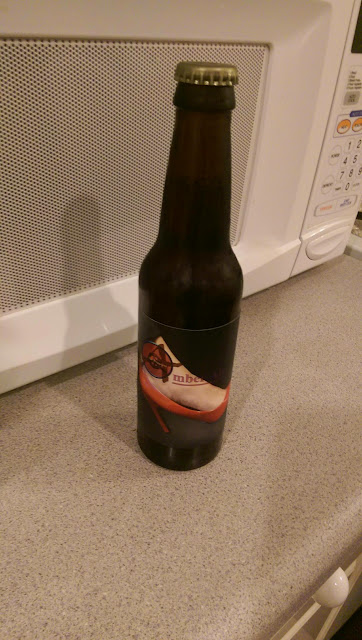Chris and I have long considered purchasing a conical fermenter. The challenge though has been how we control temperature with a setup like that. It's a real challenge this time of year in San Diego. As we get closer to the 80 to 90 degree days on the coast, it's very difficult to keep fermentation temperatures down.
Ryan's strong push was that we instead consider setting up a chest freezer with a digital temperature control. With the July 4th sales at Sears, I decided to go for it and purchase a 15 cubic foot chest freezer. Picked it and a Johnson A419 temperature control up yesterday and it's amazing. We'd bought a couple thermowell stoppers on Friday night. This has been super simple. Put the thermowell stopper in to the carboy, fill the well with sanitizer, drop the probe in, set the setpoint on the controller to 70, mount the controller on the wall and watch magic happen.
I can't describe how more relaxed I am about these fermentations now. I used to be always having to check on these things, move the fermenters around the house to try to manage temperature, etc.
Here's the setup:


As you can see here, when I first took the fermenter out of the closet, it was 74. Not crazy warm, but warmer than we'd like:

I don't have a shot of the temperature after a couple hours in the freezer, but take my word for it that it was bang on 68. Same thing this morning.







 j
j